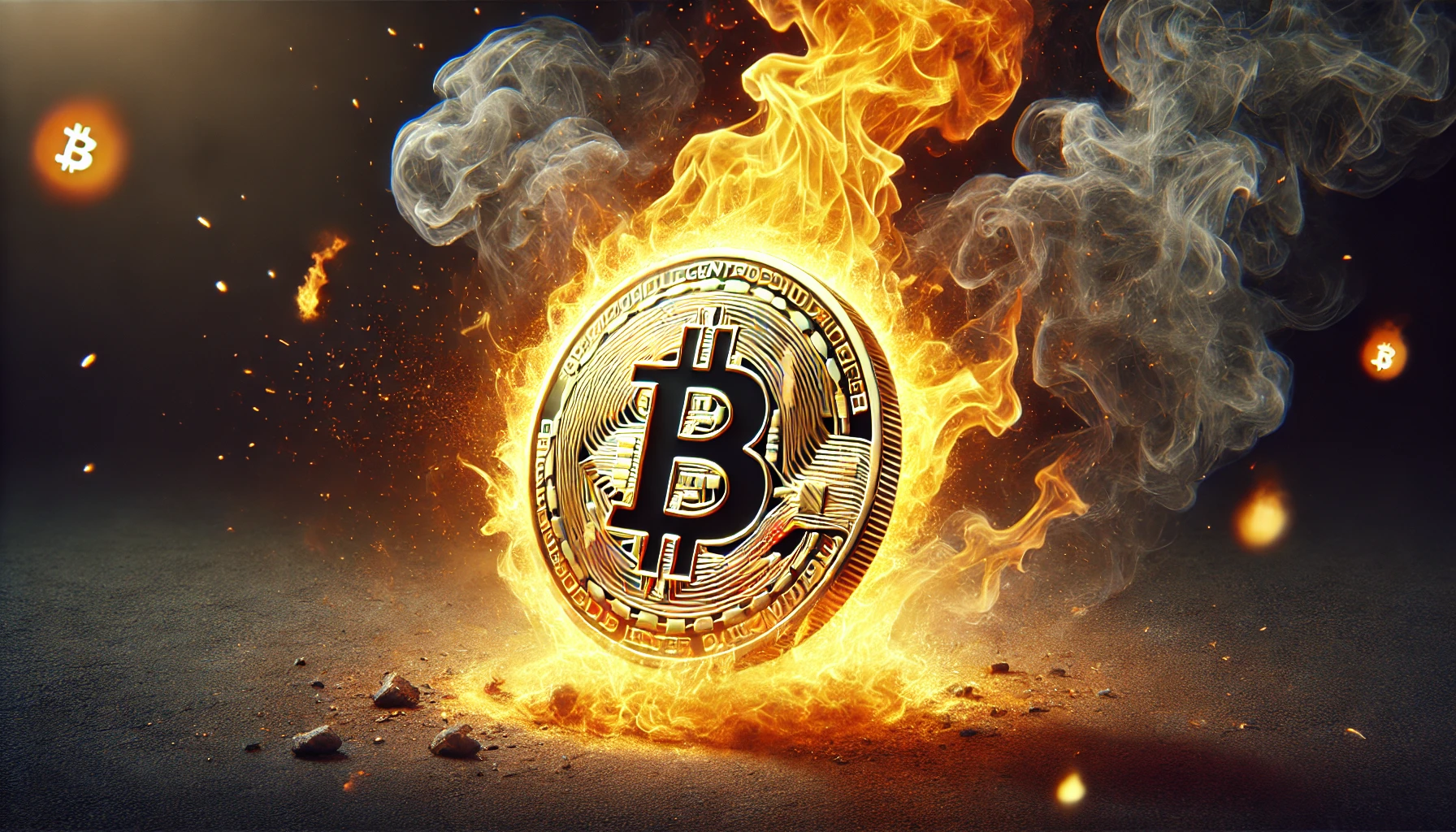Ethereum co-founder Vitalik Buterin has proposed a new framework for tokenizing physical assets, which could revolutionize the way real-world assets are managed and traded on the blockchain.
Points
- Vitalik Buterin’s proposal seeks to create a robust framework for tokenizing physical assets on the blockchain.
- The framework could streamline the management, transfer, and trading of real-world assets in a decentralized manner.
- Tokenization could unlock new liquidity and access to global markets for traditionally illiquid assets like real estate, art, and commodities.
Vitalik Buterin, co-founder of Ethereum, has unveiled a proposal that could significantly impact the future of blockchain technology: a new framework for tokenizing physical assets. This framework aims to bring the benefits of blockchain—transparency, security, and decentralization—to the world of real-world assets, potentially transforming how these assets are managed, transferred, and traded.
Buterin’s proposal outlines a method for creating digital tokens that represent ownership of physical assets. These tokens would be stored and managed on the blockchain, allowing for the secure and transparent transfer of ownership without the need for intermediaries. The framework also includes provisions for ensuring that the tokenized assets are properly linked to their physical counterparts, addressing one of the key challenges in the tokenization of real-world assets.
One of the primary advantages of tokenizing physical assets is the potential to unlock new liquidity. Assets that are traditionally illiquid—such as real estate, art, or commodities—could be divided into smaller, more easily tradable units, making them accessible to a wider range of investors. By enabling fractional ownership, tokenization could democratize access to high-value assets, allowing individuals to invest in assets that were previously out of reach.
Moreover, tokenization could facilitate the creation of global markets for physical assets. With blockchain, assets could be traded 24⁄7 across borders, bypassing many of the restrictions and inefficiencies of traditional markets. This could open up new opportunities for both asset owners and investors, fostering greater innovation and competition in the market.
However, the proposal also acknowledges several challenges that must be addressed to make this vision a reality. Ensuring the legal enforceability of tokenized ownership, creating reliable methods for verifying the link between digital tokens and physical assets, and developing standards for asset tokenization are all critical issues that will need to be resolved. Buterin suggests that collaboration between blockchain developers, legal experts, and industry stakeholders will be essential in overcoming these obstacles.
If successfully implemented, Buterin’s framework could have far-reaching implications for a variety of industries. Real estate transactions could become faster and more efficient, with property ownership transferred on the blockchain in a matter of minutes. The art market could see an influx of new investors, as tokenization makes it possible to buy shares in valuable works of art. Even the commodities market could be transformed, with physical goods like gold or oil traded as digital tokens on global exchanges.
In the long term, the tokenization of physical assets could also contribute to the broader adoption of blockchain technology. As more assets are brought onto the blockchain, the demand for decentralized platforms and services is likely to grow, driving further innovation in the space.
解説
- Vitalik Buterin’s proposal for a new framework for tokenizing physical assets represents a significant step forward in the application of blockchain technology. By enabling the secure and transparent transfer of ownership for real-world assets, tokenization could revolutionize industries that rely on the trading and management of physical goods.
- The potential benefits of this framework are vast, including increased liquidity, broader access to high-value assets, and the creation of global markets that operate 24⁄7. These advantages could make asset tokenization an attractive option for a wide range of industries, from real estate to art to commodities.
- However, the challenges identified in the proposal—such as ensuring legal enforceability and establishing reliable links between digital tokens and physical assets—highlight the complexity of implementing this vision. Success will require close collaboration between blockchain developers, legal experts, and industry stakeholders to create a robust and reliable system for asset tokenization.
- If these challenges can be overcome, the impact on the blockchain industry could be profound. The tokenization of physical assets could drive greater adoption of blockchain technology, creating new opportunities for innovation and growth in the decentralized economy. This could, in turn, lead to a more integrated and efficient global market, where assets of all kinds can be easily accessed, traded, and managed.
